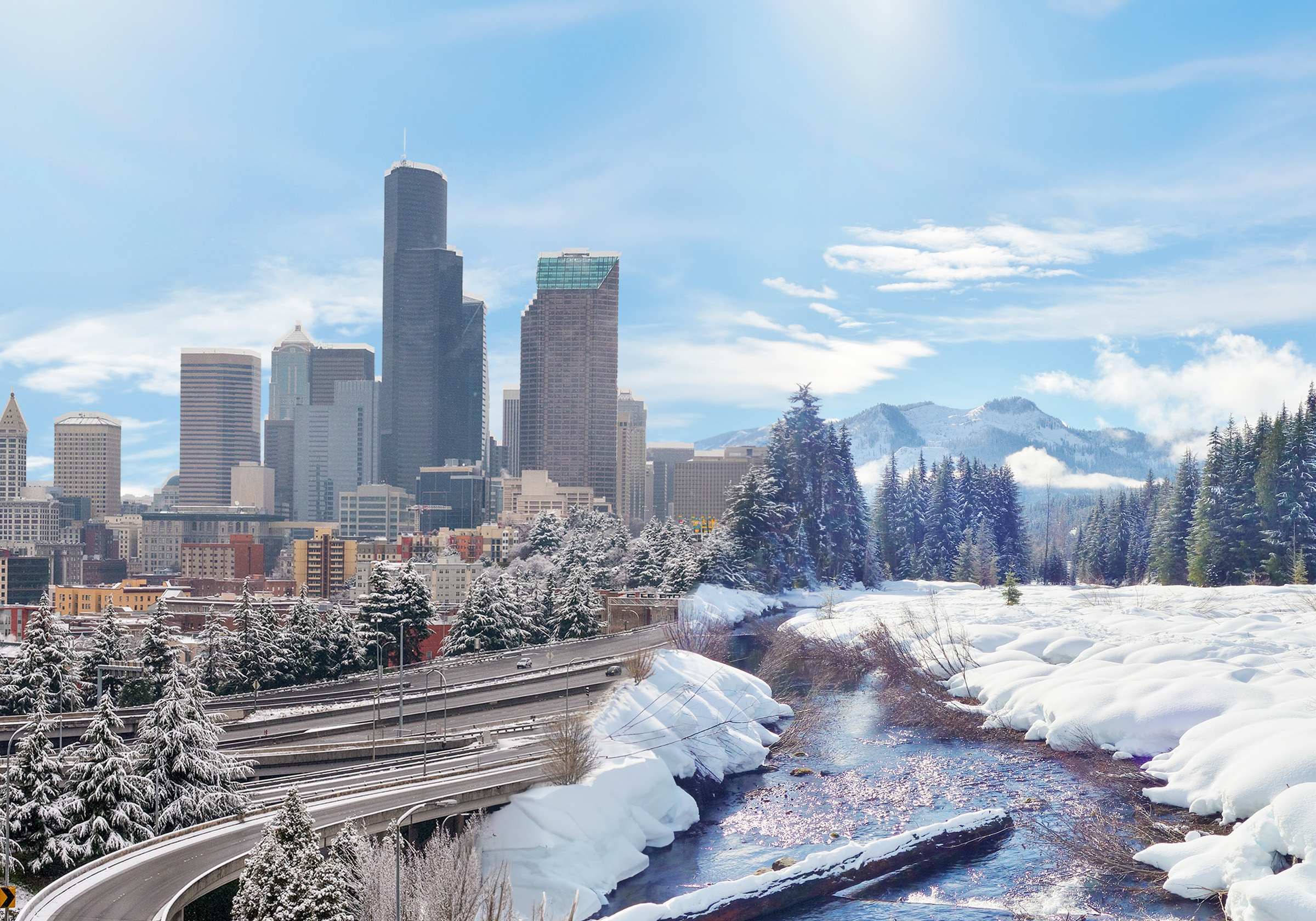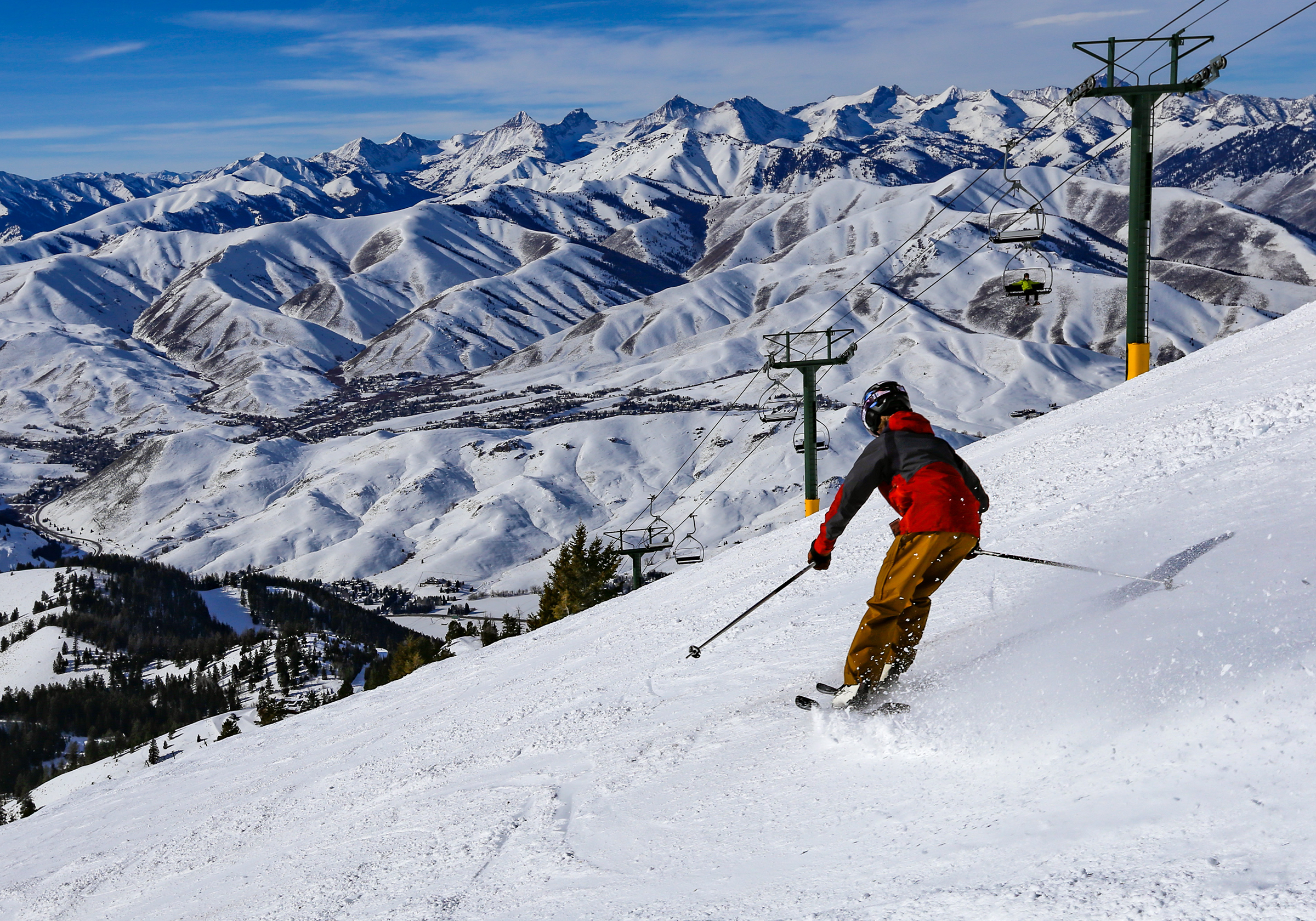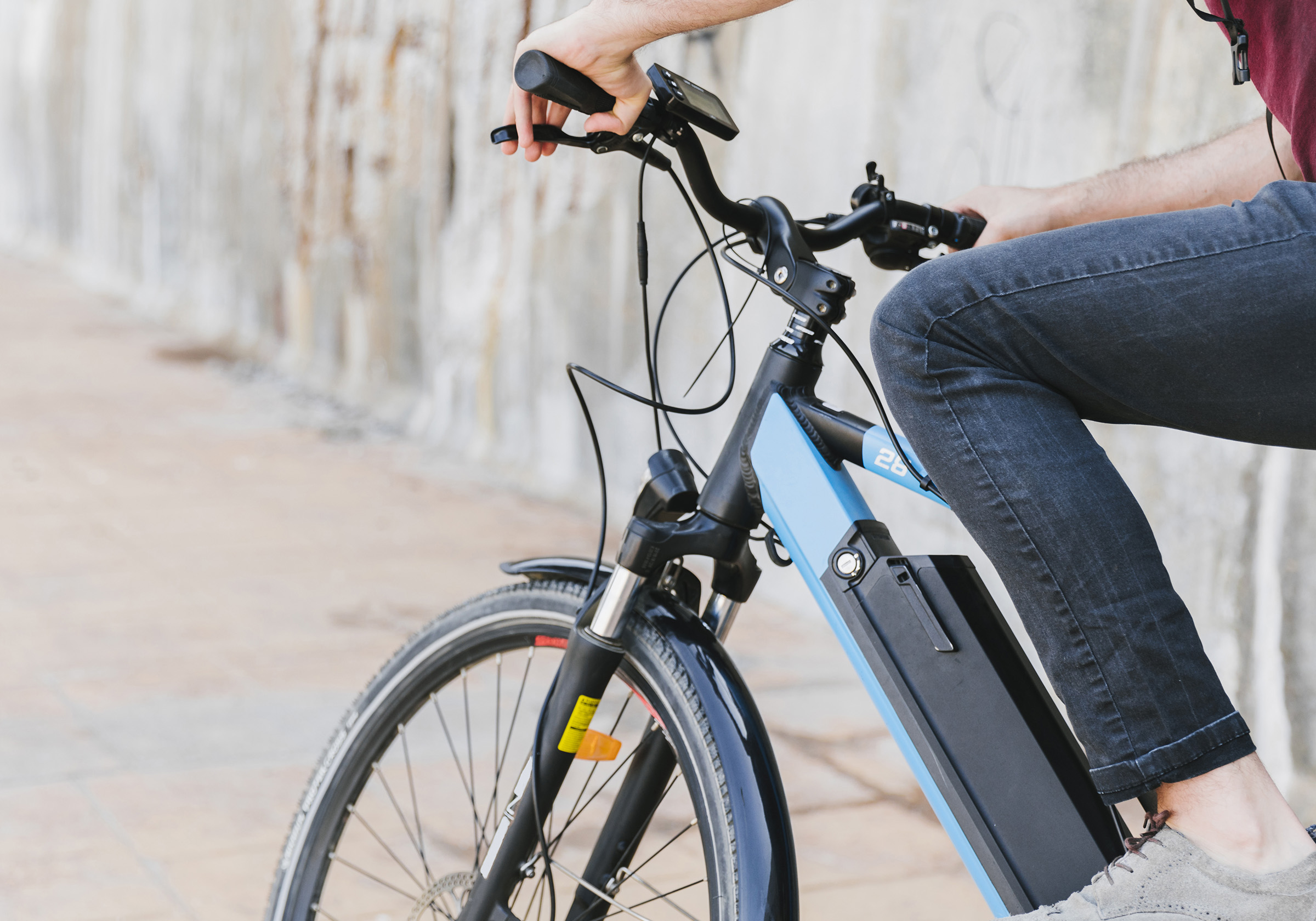Winter in Washington is a special time: holiday lights illuminate homes, family gatherings bring happy memories, and a slew of outdoor activities await. And while nothing is as lovely as an evergreen tree covered in a gentle blanket of fresh fallen snow, winter can bring with it a set of challenges.
This guide is here to help you prepare for the all the unexpected eventualities this time of year can bring – be it rain, snow, ice, or strong winds - giving you peace of mind to enjoy the season safe and secure.
We will cover the following topics:
Keeping your property safe
Property owners face unique challenges in safeguarding their homes and premises against the harsh weather conditions that often accompany this time of year. Let’s explore some important considerations.
Exterior Maintenance
Roof Inspection: Check for loose, damaged, or missing shingles and promptly repair them to prevent leaks and water damage. Clear gutters and downspouts of debris to allow proper drainage and prevent ice dams.
Tree and Branch Maintenance: Trim branches that are close to the property or power lines to prevent potential damage from heavy snow, ice accumulation, or strong winds. Remove dead or weak trees that might pose a threat during storms.
 When in doubt, consider hiring professionals for tasks like
When in doubt, consider hiring professionals for tasks like
roof inspection, tree trimming, or HVAC maintenance, if needed.
Winterize Pipes and Irrigation Systems: Insulate exposed pipes to prevent freezing and bursting. Consider letting faucets drip during freezing temperatures. Drain and shut off exterior irrigation systems to prevent damage from freezing.
Secure Outdoor Furniture and Equipment: Store or secure outdoor furniture, grills, and other equipment to prevent damage from strong winds or heavy snow.
Sidewalks and Driveways: Using non-damaging snow removal tools, promptly clear snow and ice from walkways, driveways, and stairs to prevent slipping hazards. Use safe snow removal tools to avoid damage to surfaces. Use de-icing agents or sand for traction.
Interior Preparations
Heating System Maintenance: Schedule a professional inspection of your heating system to ensure it's working efficiently. Remember to replace filters regularly. Keep space heaters away from flammable materials and
Keep space heaters away from flammable materials and
always turn them off when unattended.
Insulation and Draft Prevention: Seal gaps around windows and doors to prevent drafts and conserve heat. Consider adding insulation to attics, basements, and crawl spaces.
Emergency Supplies: Prepare an emergency kit with essentials such as flashlights, batteries, non-perishable food, blankets, and a first aid kit.
Keep It Charged: Be sure to keep your phone charged. In the event of a power outage, having your device ready to use can be extremely helpful.
Related:
Guide to Ski Safety
Out and about
Washington State's winter weather can present challenges when traveling outdoors, whether by car, on foot, or using public transportation.
Safe Driving Practices
Prepare Your Vehicle: Before winter sets in, ensure your vehicle is winter-ready. Check tire tread, brakes, fluids, wipers, and lights. Consider using winter tires for added traction.
Drive Cautiously: Reduce speed and increase following distance to allow for safe braking on icy or snow-covered roads. Avoid sudden maneuvers and use gentle acceleration and braking. Check out this fantastically dated video on driving safety from the Washington State Department of Information Services:
Stay Informed: Check weather and road conditions before traveling. Be aware of potential black ice, a common hazard on Washington roads. Check statewide pass conditions online before heading out or planning trips.
 Inform someone about your travel plans and expected arrival time,
Inform someone about your travel plans and expected arrival time,
especially for longer journeys.
Carry Emergency Supplies: Keep an emergency kit in your car with essentials like blankets, water, snacks, a shovel, sand or kitty litter for traction, jumper cables, and a flashlight. The Washington State Department of Transportation (WSDOT) has a helpful checklist to make sure you are carrying the necessary supplies: Winter driving checklist
Keep Calm: If you get stuck due to weather or road conditions, stay calm, and if safe to do so, remain in your vehicle. Use emergency flashers and call for assistance.
Tires and Chains
Winter brings along various traction tire and chain requirements that must be followed. Learn more about winter tire requirements using WSDOT's helpful guide.

Pedestrian Safety
During darker, shorter days, wear reflective or bright-colored clothing to ensure visibility to drivers. Be cautious of slippery sidewalks, paths, and parking lots. Wear appropriate footwear with good traction.
Public Transportation Safety
Check for any delays or cancellations in public transportation schedules due to inclement weather. When waiting at bus stops or train platforms, stand away from the edge and on designated waiting areas to avoid slips or falls.
Contact the Incident Response Team (IRT)
If you observe debris or a collision blocking a travel lane, or are involved in a collision, disabled vehicle, or other emergency, dial 911.
--------------
Embracing the enchanting beauty of winter in Washington comes with its set of challenges, but with careful preparation and proactive measures, you can safeguard your property, ensure indoor comfort, and navigate outdoor activities safely.














